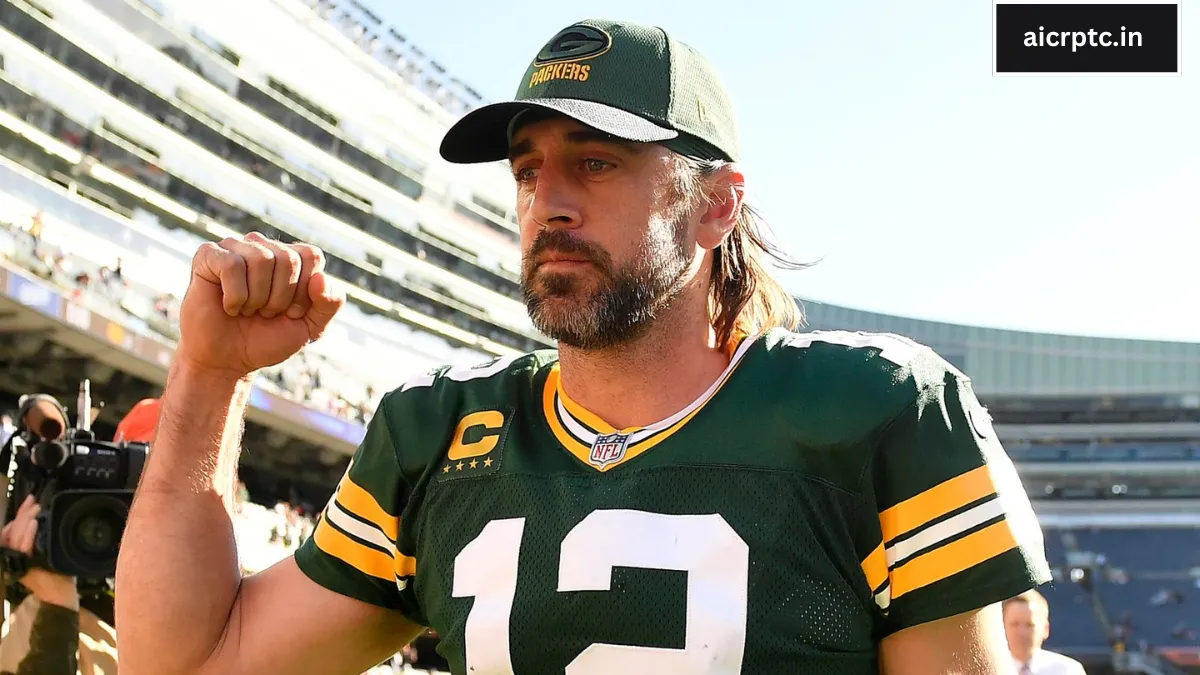Finally, two sides that needed each other, settled on each other.
In what feels like a long-anticipated deal wrapped up well before it was announced, the Pittsburgh Steelers have officially locked in their quarterback for the 2025 season. It’s a one-year contract that brings 41-year-old Aaron Rodgers into the fold, making him the eighth quarterback among the NFL’s top 20 career passing yardage leaders to start games for three different teams.
Rodgers’ move mirrors many legendary quarterbacks before him who embraced late-career changes out of necessity. It’s a shared compromise — the Steelers needing a veteran presence to squeeze every drop out of an aging but competitive roster, and Rodgers seeking one final shot at success instead of a quiet fade from the spotlight.
This isn’t new territory in the NFL. It’s Brett Favre donning purple in Minnesota, Carson Palmer reviving in Arizona, Warren Moon navigating Seattle, Drew Bledsoe stepping in at Dallas — or more recently, Russell Wilson finding a second chance in Pittsburgh.
The outcomes of these career coda stories have varied. Some led to success, others to stagnation. But for every franchise, such decisions pointed toward transition — a shift, a reboot, or a complete overhaul.
Steelers embracing the now — with eyes on the rebuild later
This move by Pittsburgh is less about nostalgia and more about necessity. With one of the NFL’s oldest rosters (tied for second-oldest with the 49ers at an average age of 26.8, according to Spotrac), the Steelers have chosen experience over potential. Nine key players will be 30 or older when the 2025 season begins, including big names like Cameron Heyward (36), T.J. Watt (31), and Darius Slay (34).
The goal is clear: win now. Pittsburgh’s offseason choices — especially the addition of Rodgers — scream urgency. But beneath that urgency lies an awareness that the clock is ticking. Rodgers represents a final attempt before inevitable change arrives — whether that means a quick reshuffle or a full-fledged rebuild depends on the quarterback situation post-Rodgers.
For now, Rodgers is the answer. A proven veteran signed on a leap of faith — a “Hail Mary” of a deal with a quarterback famous for throwing them. The Steelers are hoping that like Favre in 2009 or Palmer in 2015, Rodgers can summon one more burst of greatness.
A narrow quarterback path leads to Rodgers
Letting Justin Fields walk to the Jets signaled Pittsburgh’s unwillingness to gamble on youth. Their other options weren’t much better — either swing a deal for a veteran like Kirk Cousins or take a flyer on a second- or third-tier quarterback in a weak draft class. After the lukewarm results of the Kenny Pickett experiment in 2022, the front office wasn’t willing to roll those dice again.
So they placed their bet on Rodgers. His steady play in the latter half of 2024 gave the Steelers hope that he was finally bouncing back from the Achilles tear that derailed his time in New York.
A new kind of offseason for Pittsburgh
Rodgers’ signing is just one piece of an unusually aggressive offseason. Trading for DK Metcalf and giving him a massive extension marked a rare splash for a traditionally conservative front office. That decision came at the cost of George Pickens, whose departure is being viewed as a net positive for team chemistry and locker room culture.
Now, the Steelers are counting on Rodgers to bring more than just on-field production. They’re hoping he becomes the veteran spark that ignites the entire organization — much like his early impact on the Jets before the injury derailed everything.
There’s an underlying “what if” to this story — what if Rodgers hadn’t gotten injured in New York? What if his 2023 and 2024 seasons weren’t clouded by recovery and frustration? Pittsburgh is betting on what could have been.
History offers a cautionary comparison
The Vikings faced a similar crossroads in 2009, gambling on Brett Favre after a disastrous end to his lone Jets season. Few knew he had played with a torn biceps tendon down the stretch, a detail hidden by the team and later fined. The Vikings guessed right — for one season, anyway. Favre returned to form, leading the team to a 12-4 record and an NFC Championship appearance. His 2010 campaign, however, was riddled with injuries and poor performance, ending his career with a whimper.
Still, that one magical year was enough to make the risk worth it.

